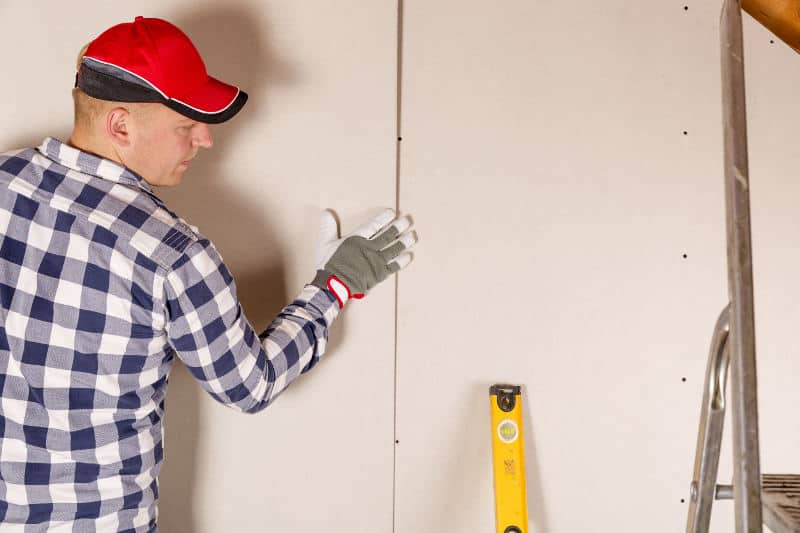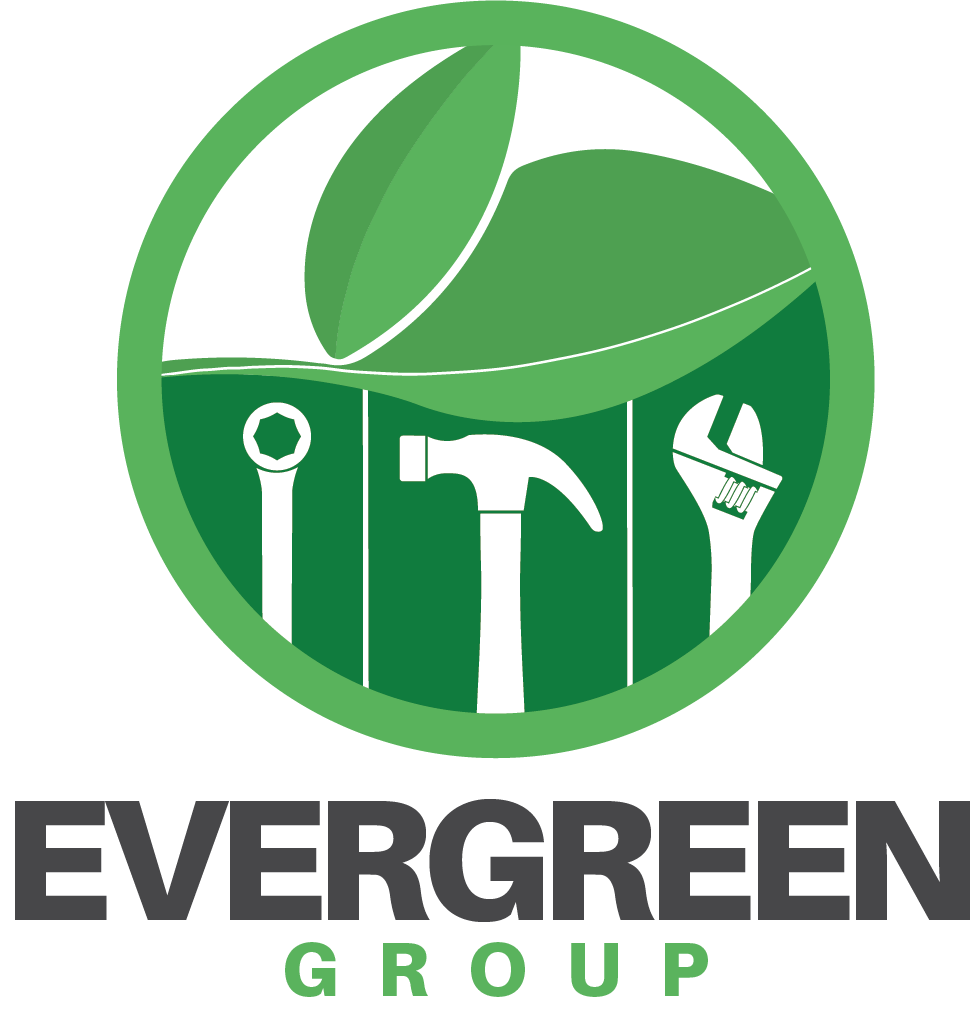
Internal Wall Insulation
Approximately 35% of heat loss from UK homes occurs due to uninsulated external walls.
Internal wall insulation is particularly suited for solid wall homes where altering the exterior is not feasible. If your home dates back to before 1920, it likely has solid walls. You can confirm this by examining the brick pattern: if some bricks are laid with the square end facing out or if the wall is made of stone, it is likely solid.
Internal wall insulation is installed on a room-by-room basis and covers all exterior walls. Polyisocyanurate Insulated (PIR) plasterboards are typically used, creating a dry-lined, insulated internal wall. Once installed, the internal walls are plastered to provide a smooth surface for redecoration.
Benefits and Considerations:
- Internal wall insulation can save between £195-£650 annually on your fuel bills, depending on property size (figures sourced from the Energy Saving Trust, based on a gas-heated home ranging from a small flat to a large detached house).
- It improves winter warmth and reduces heat loss through uninsulated walls..
- Installation can be disruptive and involves removing and re-fixing items like switches and radiators.
- It may slightly reduce room floor area (approximately 100mm per wall).
- Any issues with penetrating or rising damp must be addressed before installation.
- Grant funding is available to cover the full cost of installation, subject to qualifying criteria.
